Let's start with a reality check: the term "injury prevention" is misleading. I rarely use it because, in truth, we can't completely prevent injuries.
The only way to truly prevent an injury is to avoid activity altogether—but that approach sets us up for injury in the future when we reintroduce movement into our lives. So, instead of "injury prevention," I prefer to talk about "injury reduction."
Imagine a boat in a harbor. Sure, it might seem safe there, but a storm could still destroy it. Even docking doesn’t guarantee its safety. Similarly, life is full of risks, and injuries can happen despite our best efforts.
My personal experience with injury—an injury that ended my soccer career—was a tough one. It forced me to shed my identity as a soccer player and eventually led me to become a physical therapist, focused on helping others reduce their injury risk.
The Importance of an Injury Reduction Program
When my fiancée, who played on one of the best college soccer teams in the country, suffered an ACL injury—one of five on her team in a single season—I felt compelled to step in and create an injury reduction program for her team. I dived deep into the research, searching for the best exercises to help keep these athletes on the field and avoid the heartbreak of a season-ending injury.
But here's what I found: no program has a 100% success rate. Some common elements appeared across multiple programs—Nordic curls, lunges, plyometric training, landing mechanics, and balance exercises. These components were designed to strengthen areas that typically fatigued or broke down during the season, such as the quads, hip flexors, hamstrings, and calves.
Teaching proper landing mechanics was also emphasized, but without adequate strength, even the best techniques wouldn't be enough.
One critical insight stood out: the most significant indicator of a positive outcome from an injury reduction program was adherence. Programs are most effective when athletes complete them, ideally with guidance from a coach, trainer, or physical therapist who ensures consistency.
When I started guiding the team through a structured injury reduction program, we saw a remarkable result—no ACL injuries that season. Ten years and ten soccer seasons later, the number is still zero.
There Is No Magical Program
I didn't create a magical program, and I’m not claiming that my program alone is why they’ve had zero ACL injuries. There’s undoubtedly some luck involved. The program changes from year to year as new leaders guide the team through it.
The key takeaway is that there isn't a one-size-fits-all set of exercises. No single exercise will solve all your problems. Instead, it’s about a well-balanced approach to strengthening the areas that experience the most stress and being consistent with it. The following is a sample of the program we used:
Injury Reduction Program Outline
Day 1: Strength and Stability
-
Warm-Up: 5 minutes of any activity to get your heart rate up and start to sweat.
Superset 1
Some of the exercises in this program can be performed using the NordBench. You can get yours here.
Nordic Curls: 3 sets of 6 reps, with a 3-second controlled tempo on the way down.
Bulgarian Split Squats: 3 sets of 6 reps, with a 3-second controlled tempo on the way down.
Superset 2
Barbell Hip Thrusts: 3 sets of 10 reps.
Goblet Squats on a Slant Board: 3 sets of 10 reps.
Finisher
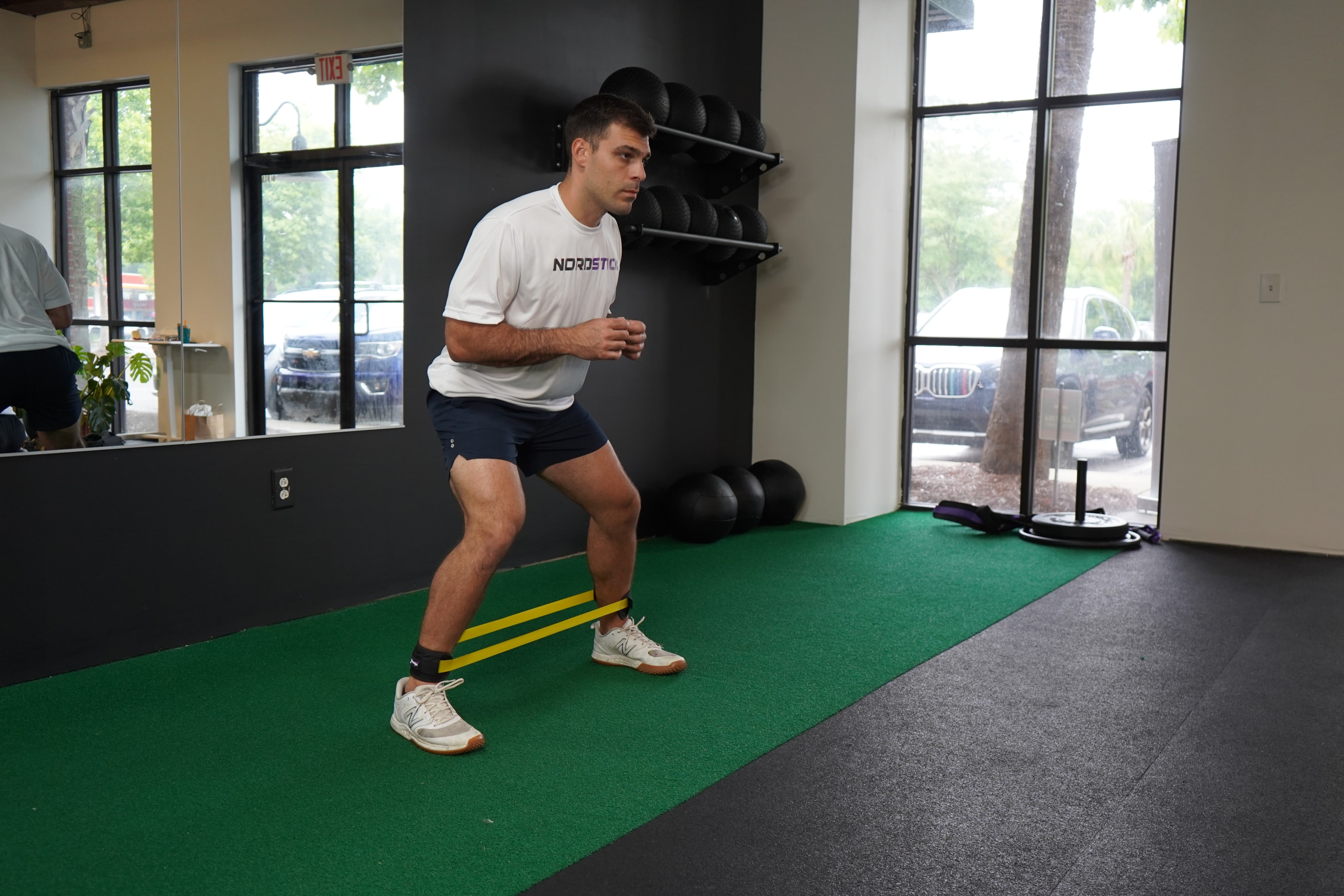
Day 2: Strength and Mobility
Superset 1
Back Extensions: 3 sets of 6 reps.
Superset 2
Partner-Assisted Hamstring Curls: 3 sets of 8 reps.
But if you don't have a partner to hold your feet, you can always rely on your NordStick and NordPad.
Seated Leg Extensions: 3 sets of 8 reps. You can do this at home with an OmniStrap.
Finisher

100-meter Bear Crawl
Throughout the weeks, we adjust the sets and reps to keep the athletes engaged, sometimes adding a competitive element. The exercises may seem basic, but they target key areas prone to injury, like the quads, hamstrings, and core muscles.
The Power of Consistency
The program isn’t groundbreaking, and you might find it underwhelming. But remember, it’s not about having a fancy set of exercises; it's about consistently addressing the muscles most at risk during your activity.
If your goal is to reduce injury, focus on strengthening the areas that experience the most stress and stay committed to the program. Think about it this way: if you can lift 100 pounds, lifting 20 pounds will feel easy. But if you can only lift 20 pounds, lifting 20 pounds will feel very hard. Building strength helps you handle more stress and reduces your injury risk.
Conclusion: Strengthen and Stay Consistent
I hope this program helps you or someone you know stay active and enjoy the activities you love without the setback of injury. Remember, there is no magic bullet for injury reduction. It’s about addressing the most common areas of injury, building strength, and staying consistent.
Feel free to share this program with anyone you think might benefit, and if you want to chat more about this, you know where to find me.



































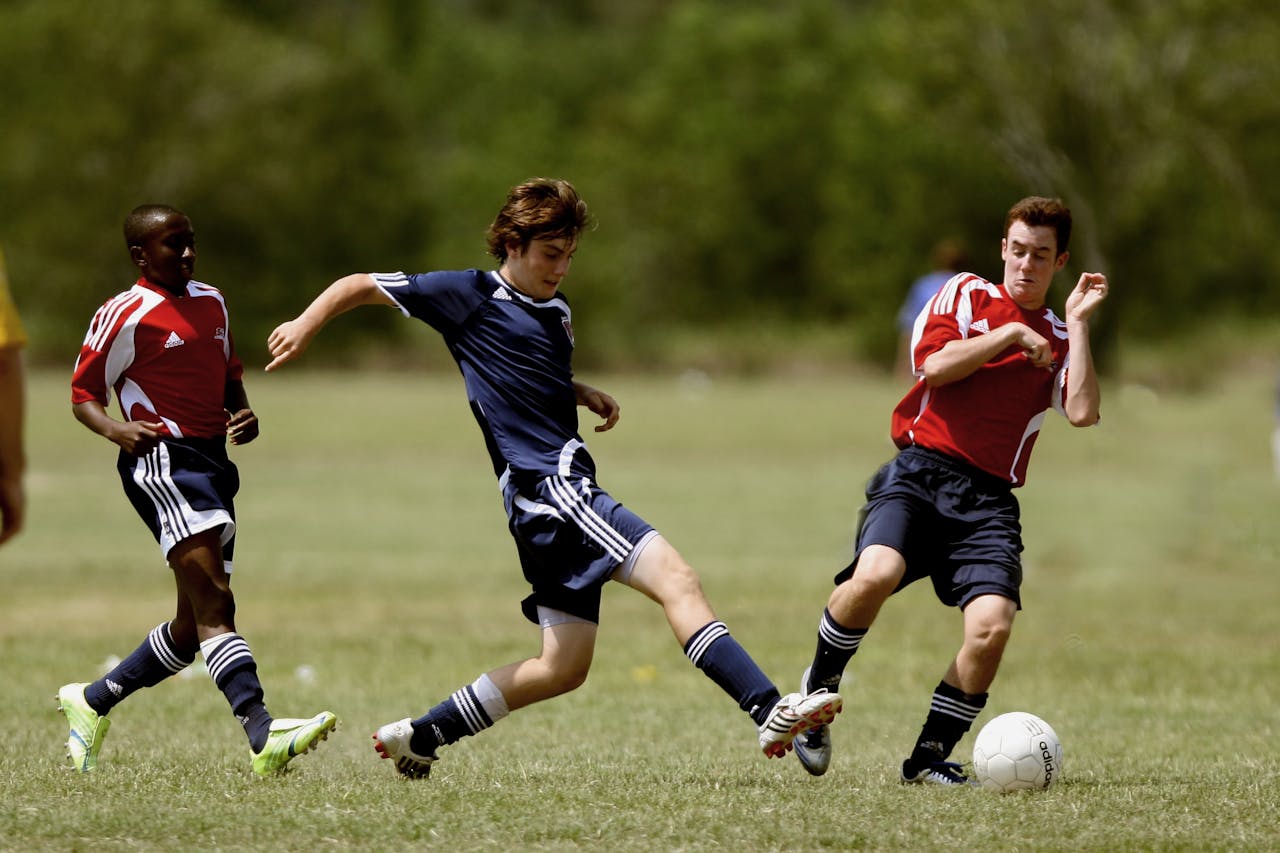
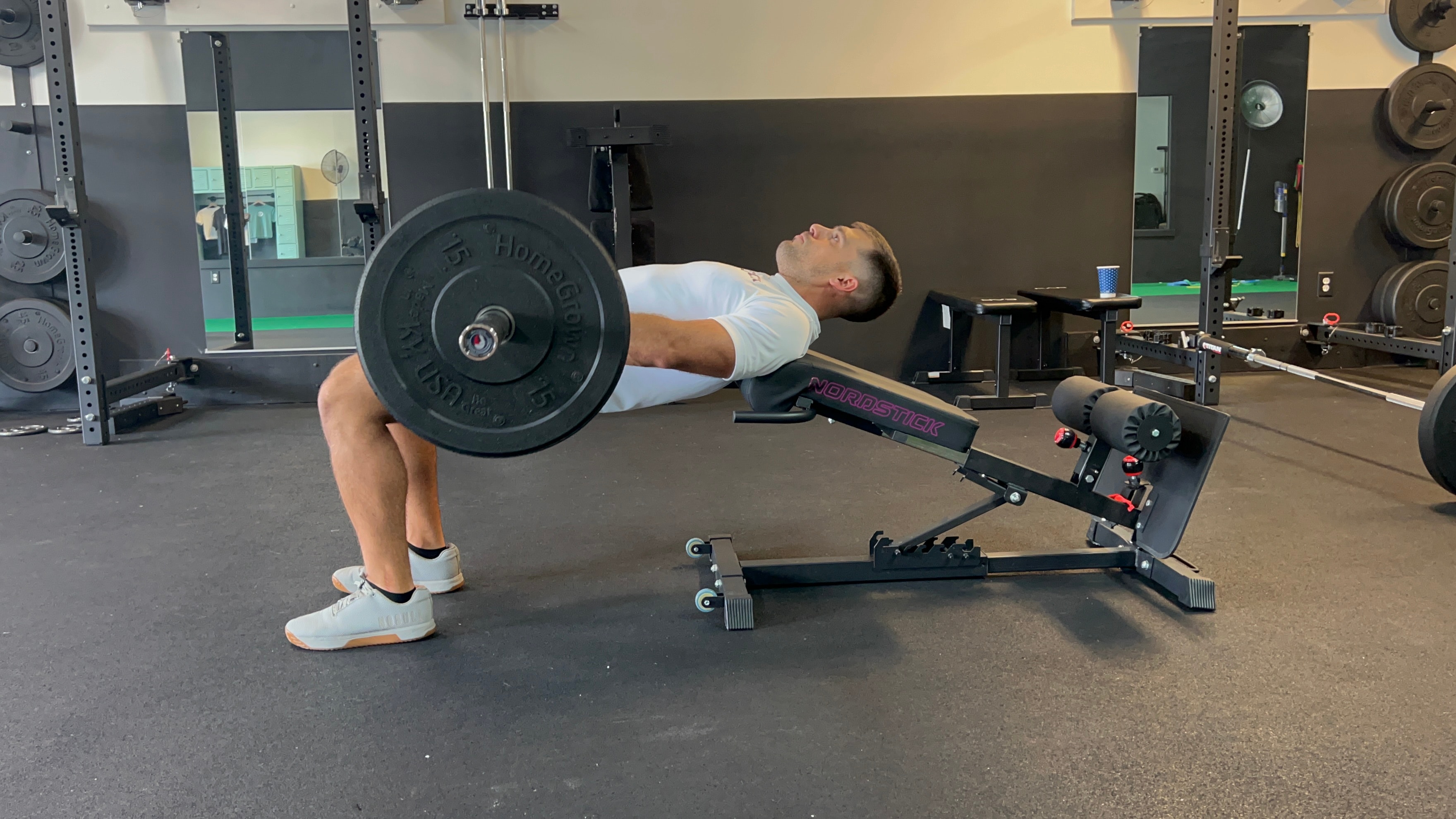

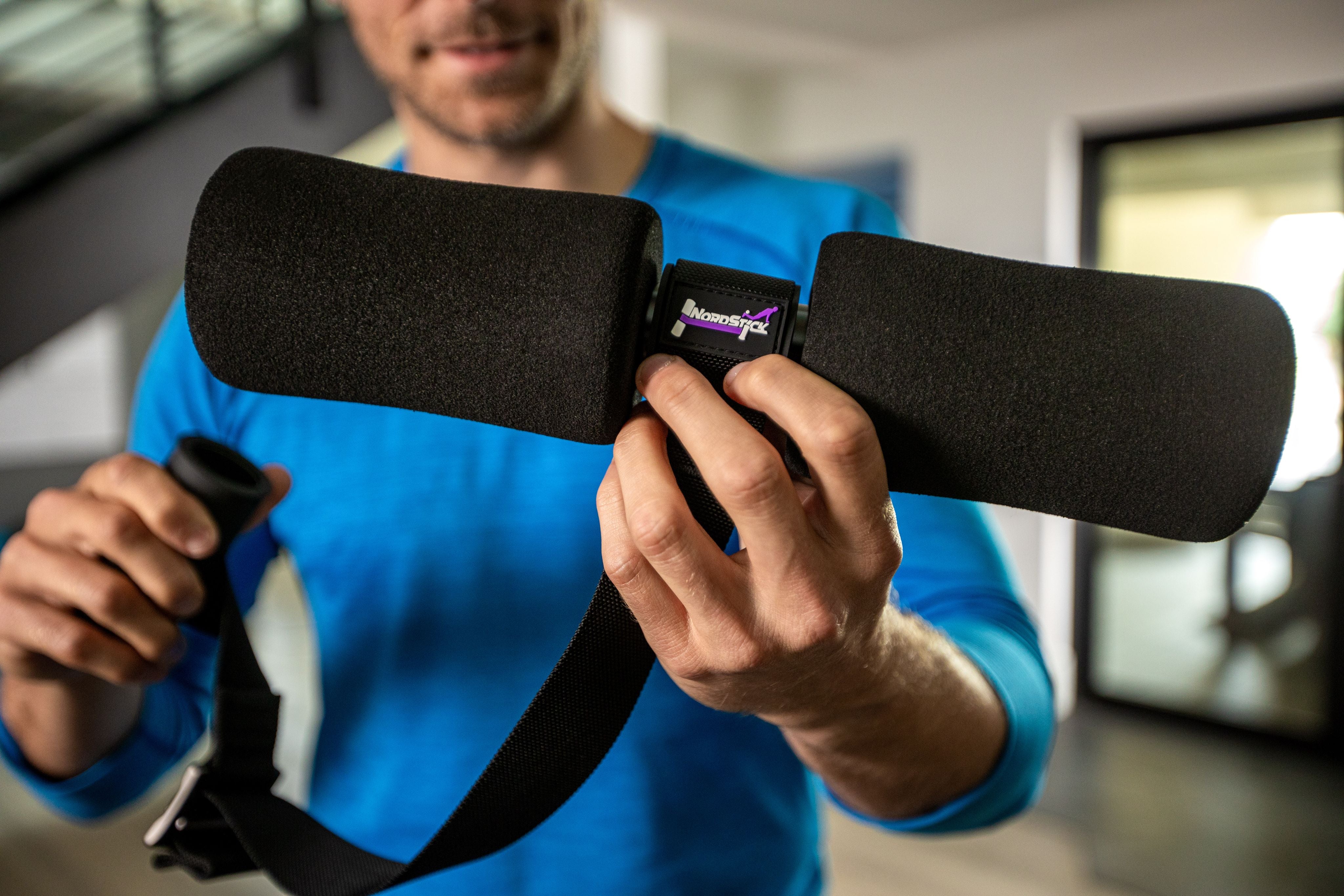
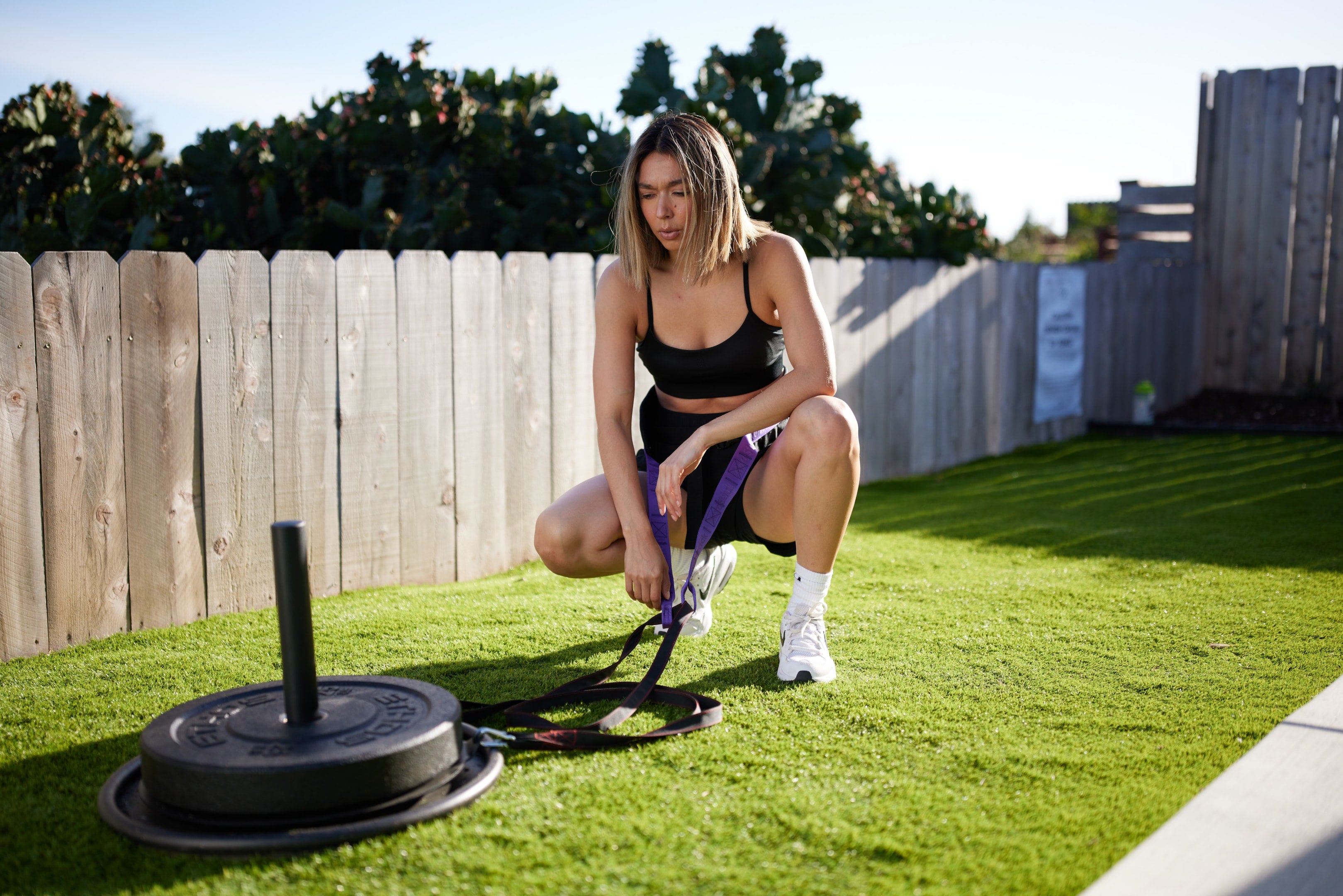



Leave a comment
This site is protected by hCaptcha and the hCaptcha Privacy Policy and Terms of Service apply.